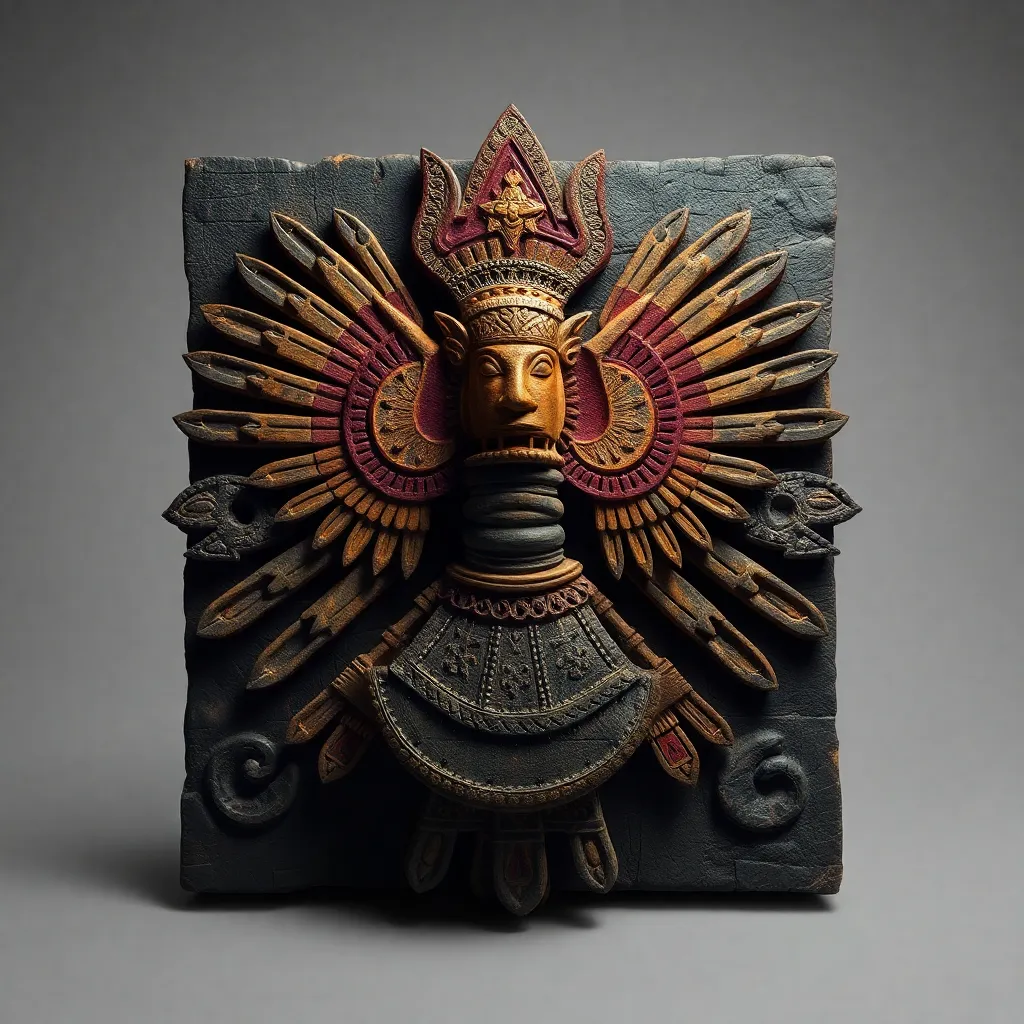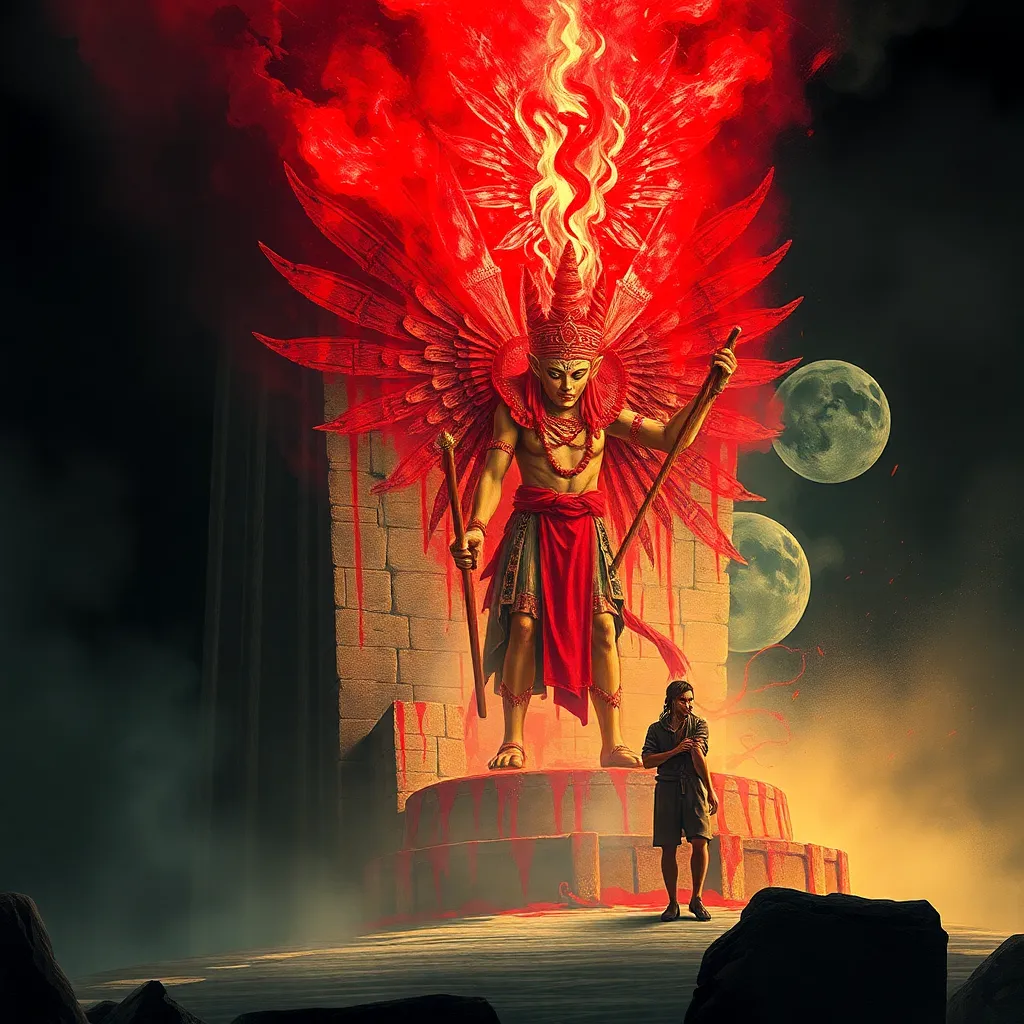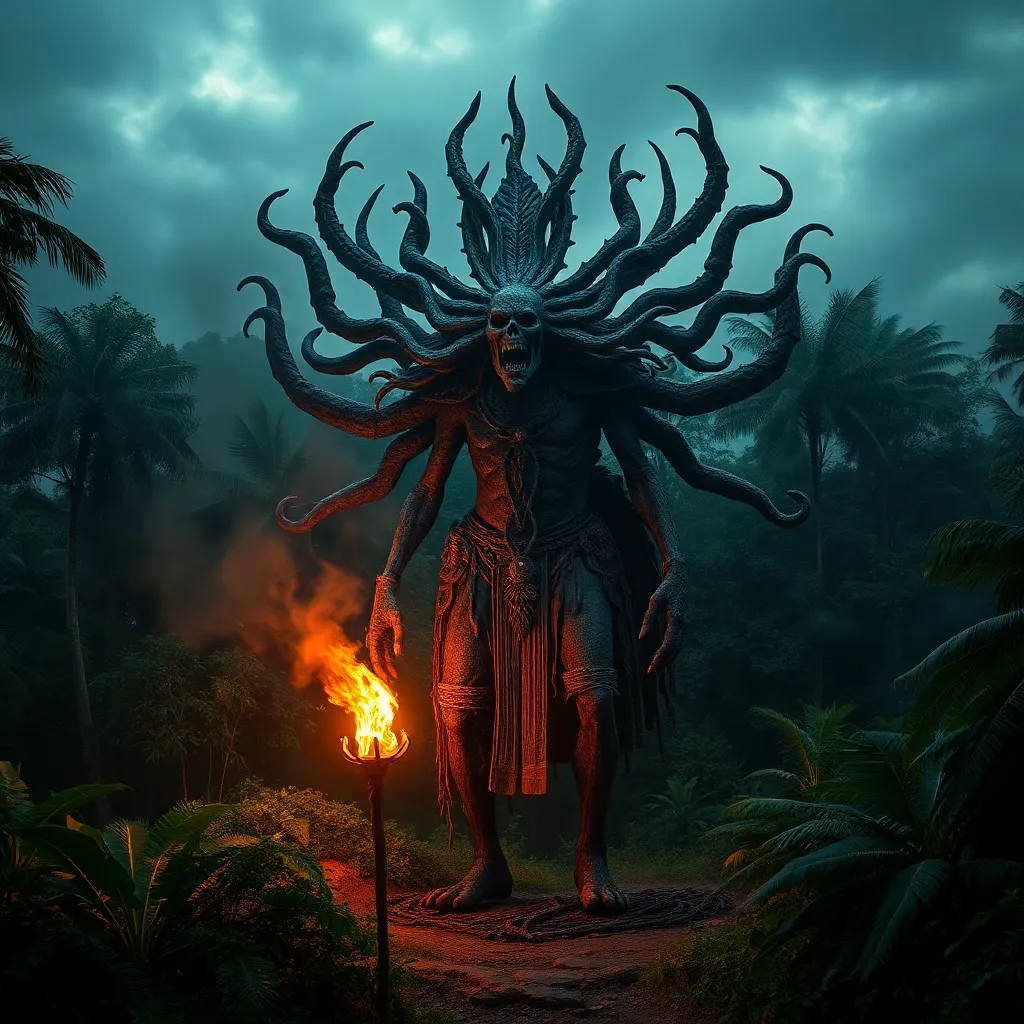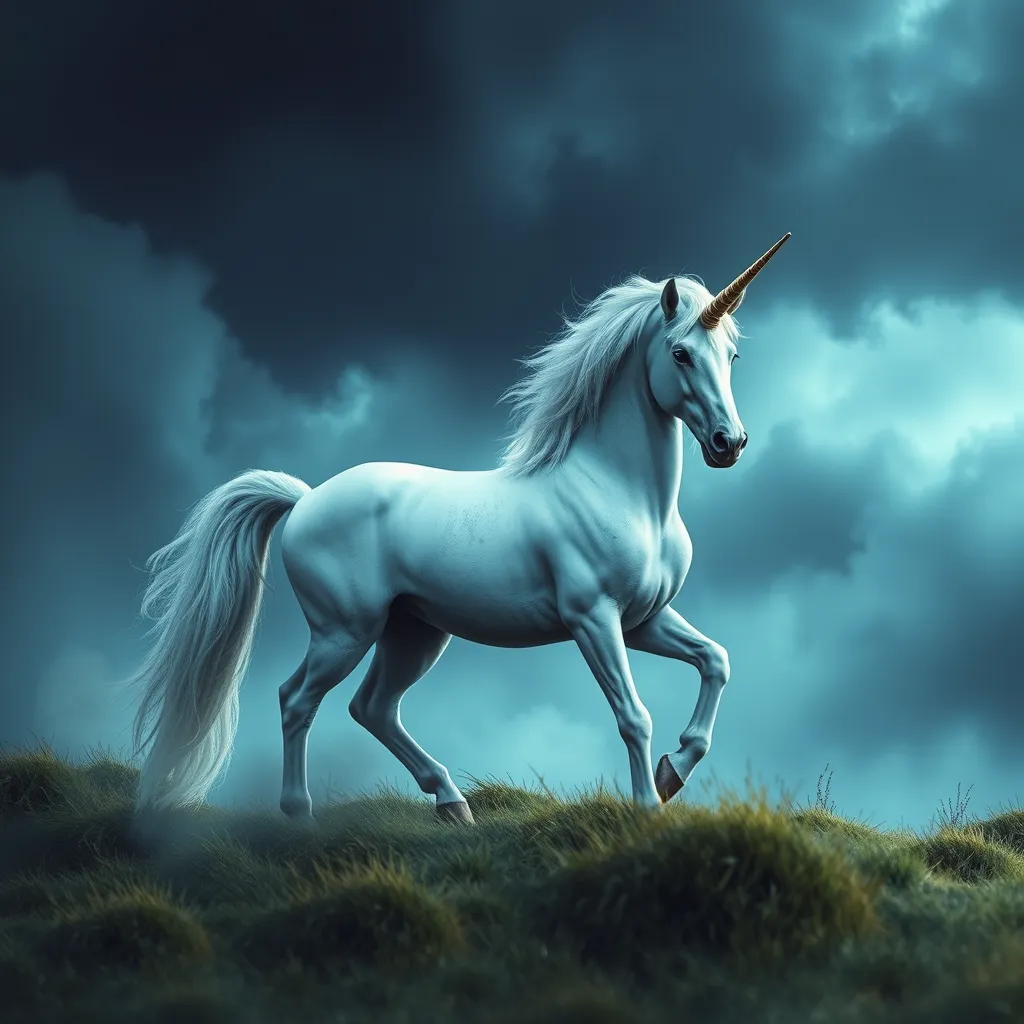From Myth to Reality: The Ahuizotl and its Impact on Mexican Culture
I. Introduction
The legend of the Ahuizotl, a mythical creature from Mexican folklore, has captivated the imagination of generations. This fascinating figure, often depicted as a water-dwelling beast with a dog-like appearance and a hand at the end of its tail, serves as a significant symbol in the tapestry of Mexican mythology. The Ahuizotl’s legend highlights the importance of myth in Mexican culture, illustrating how these narratives shape societal values, fears, and identities. This article aims to explore the origins, cultural significance, and modern representations of the Ahuizotl, shedding light on its enduring legacy.
II. The Origins of the Ahuizotl Myth
The Ahuizotl myth has deep roots in Aztec mythology, reflecting the historical context of pre-Columbian society. The Aztecs revered water as a source of life, and the Ahuizotl, often associated with rivers and lakes, personified the duality of nature—both nurturing and dangerous.
A. Historical context and Aztec mythology
In Aztec culture, water was sacred, believed to hold divine powers. The Ahuizotl emerged as a creature that lurked in the depths of water bodies, embodying the mysterious and sometimes perilous relationship humans had with nature.
B. Description of the Ahuizotl creature
Described in various accounts, the Ahuizotl is typically portrayed as:
- A creature resembling a dog or otter
- Having a long, flexible body
- A hand or paw at the end of its tail, used to drag victims into the water
- Eyes that shimmer like the moonlight on a river
C. Evolution of the myth over time
As the myth of the Ahuizotl spread, it evolved, adapting to the changing cultural landscape of Mexico. From its origins in Aztec folklore, the Ahuizotl became a figure in colonial tales, reflecting the impact of European colonization on indigenous narratives.
III. The Ahuizotl in Literature and Art
The Ahuizotl has been a subject of fascination in literature and art throughout the centuries, illustrating its significance in Mexican culture.
A. Representation in pre-Columbian texts
Pre-Columbian texts, such as the Codex Mendoza, provide some of the earliest references to the Ahuizotl. These records often depict the creature in relation to water deities and highlight its role in traditional stories.
B. Influence on colonial and contemporary Mexican literature
During the colonial period, the Ahuizotl’s legend was adapted by authors who wove it into the broader narrative of Mexican identity. Today, contemporary writers continue to explore this myth, using it as a metaphor for societal challenges and cultural resilience.
C. Artistic interpretations: paintings, sculptures, and folklore
The Ahuizotl has inspired countless artistic interpretations, from traditional paintings to modern sculptures. Folkloric tales often accompany these artworks, enriching the cultural tapestry surrounding this mythical creature.
IV. Cultural Significance of the Ahuizotl
The Ahuizotl holds profound cultural significance, symbolizing the intricate relationship between humans and the natural world.
A. Symbolism of water and nature in Mexican mythology
Water is a recurring theme in Mexican mythology, representing life, fertility, and transformation. The Ahuizotl encapsulates these themes, serving as a reminder of the power and unpredictability of nature.
B. The Ahuizotl as a reflection of societal fears and values
As a creature that can both nurture and destroy, the Ahuizotl reflects societal fears regarding the unknown and the respect for nature’s forces. It embodies the dual nature of existence, highlighting the balance between life and death.
C. Role in traditional storytelling and oral history
Traditional storytelling plays a vital role in preserving the Ahuizotl myth. Oral histories passed down through generations keep the legend alive, allowing each retelling to adapt and resonate with contemporary audiences.
V. The Ahuizotl in Modern Popular Culture
In recent years, the Ahuizotl has made appearances in various forms of modern popular culture, demonstrating its lasting appeal.
A. Appearances in films, books, and video games
From horror films to fantasy novels and video games, the Ahuizotl has found its way into contemporary media. These representations often draw on the creature’s mythological attributes, reinterpreting them for new audiences.
B. The resurgence of interest in folklore and mythology
The modern fascination with folklore has led to a renewed interest in the Ahuizotl, prompting creators to explore and reinterpret this legendary figure.
C. Impact on contemporary Mexican identity
The Ahuizotl serves as a symbol of cultural pride, reminding contemporary Mexicans of their rich heritage and the importance of preserving their mythological roots in a rapidly globalizing world.
VI. Scientific Perspectives: The Ahuizotl and Cryptozoology
Scientific exploration of the Ahuizotl has sparked interest in its potential real-life counterparts and the field of cryptozoology.
A. Exploration of potential real-life inspirations (e.g., aquatic animals)
Some researchers speculate that the Ahuizotl may have been inspired by real aquatic animals, such as otters or other mammals, leading to its mythological representation.
B. Cryptozoological investigations and theories
Cryptozoologists have investigated the Ahuizotl as part of their quest to find evidence of unknown or mythical creatures. These inquiries often blend folklore with scientific methodology, raising intriguing questions about the intersection of myth and reality.
C. The intersection of myth and science
The exploration of the Ahuizotl highlights the complex relationship between myth and science. While myths can offer insights into cultural beliefs, scientific exploration seeks to understand and explain the natural world.
VII. Preservation of the Ahuizotl Legacy
Efforts to preserve the legacy of the Ahuizotl continue in modern society, ensuring that this myth remains a vital part of cultural identity.
A. Efforts to keep the myth alive in modern society
Various initiatives, including literature, art, and education, aim to keep the Ahuizotl myth alive, fostering appreciation for Mexican folklore.
B. The role of festivals and cultural events
Festivals celebrating indigenous heritage often feature the Ahuizotl, allowing communities to engage with their cultural myths and share them with younger generations.
C. Educational initiatives to teach about the Ahuizotl
Schools and cultural organizations are increasingly incorporating lessons about the Ahuizotl into their curricula, promoting awareness of its significance in Mexican mythology.
VIII. Conclusion
The Ahuizotl’s impact on Mexican culture is profound, serving as a testament to the enduring power of mythology in shaping identity. Myths like the Ahuizotl offer insights into the values, fears, and aspirations of a culture, providing a lens through which to understand the human experience. As we continue to explore and preserve these cultural narratives, we ensure that the legacy of the Ahuizotl remains a vibrant part of Mexico’s rich heritage for generations to come.



